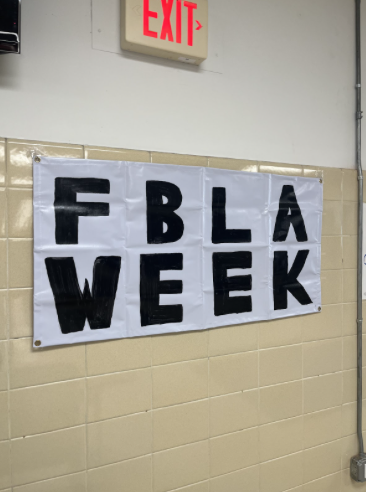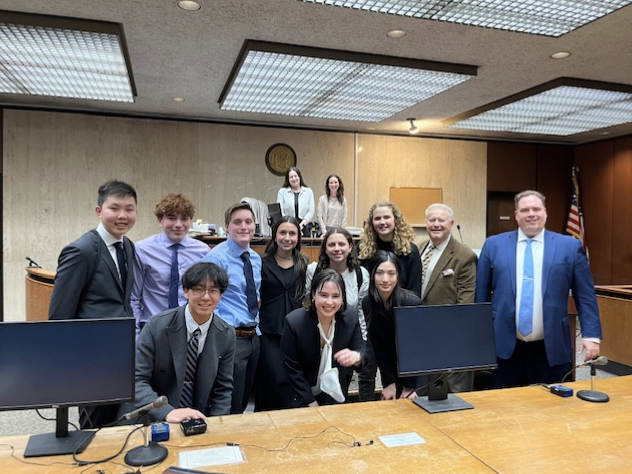“…Good morning, we have breaking news, this out of downtown Manhattan, where a plane has allegedly crashed into the World Trade Center. You’re looking at live pictures right now from NewsChopper7…” This was the voice of former WABC morning anchor Steve Bartelstein interrupting ABC’s “Good Morning America” at 8:51 in the morning on Tuesday, September 11, 2001. The image on the screen was a live shot of a burning North Tower. There was detectable disbelief in his voice. Mr. Bartelstein was feeling the events that were developing in front of his eyes just as millions at home. He informed viewers of what was assumed to be an accident in Lower Manhattan and presented what little facts were available at the time. Twelve minutes after WABC went on the air, United Airlines Flight 175 crashed into the South Tower of the World Trade Center, live on television. Anchors on all of the local stations immediately recognized that America was under attack. There were over 90 hours of uninterrupted coverage of the attacks and their aftermath, with no commercial breaks. The public saw live images of the Twin Towers of the World Trade Center collapsing, the emotional interviews of survivors covered from head to toe in ash, and the families gathering in Manhattan, hoping for their loved ones to be found. At America’s darkest hour, local news was at its finest.
Local news has its roots in New York City, where the first commercial station, WNBT, presently WNBC, came on the air in 1941. WCBS and WNBC were the first television stations in New York, followed by WABC in August 1948. Broadcast television in the United States has grown to become one of the largest systems in the world, with over 2,000 local stations. New York City is often referred to as the “media capital of the world,” home to headquarters for leaders in television, film, and news. WABC-TV New York is the flagship station of the ABC Television Network and is the highest-rated television station in the country.

In July 2014, I sat down with Bill Ritter, the anchor of Eyewitness News at Six on WABC, to talk about the power of local news, and how the television news industry is changing to adapt to the advances of the internet. Local news has been steadily losing viewers nationwide, according to numerous studies conducted over a number of years by the Pew Research Center and the Federal Communications Commission. Back in the mid to late 20th century, the only way to obtain same-day news was to watch the evening news broadcast on one of three channels. The networks rarely interrupted daytime broadcasts and information generally moved very slowly. We now live in an age of technology where information moves extremely quickly. We can get news alerts to our phones instantly, and all major news organizations have social media presences to get the word out as quickly as possible about breaking stories. The concept of “breaking news” is constantly being redefined. At the turn of the century, breaking news was the local or network anchor interrupting non-news programming. By 2010, breaking news became a buzzword of the internet. “#BreakingNews” became a trend on Twitter, and those breaking news alerts we all get delivered to our smartphones emerged as the quickest, most convenient way to get the news from anywhere. That’s not to say, however, that television news has become obsolete.
WABC airs a total of 40.5 hours of local news programming per week, all originating from the station’s streetside studio on the Upper West Side. Mr. Ritter explained that at one time, there was only one newscast per day, at 11pm. Then came the news at 6pm, then the morning, and the rest of the schedule developed over the years to become what it is now. On a weekday, 27 percent of programming on Channel 7 is local news. Overall, the news category, including local and network news, accounts for nearly 48 percent of programming. And although viewership has declined, a fact Mr. Ritter acknowledged, he remains confident in his organization, and more importantly, in his industry. He said that there is a large percentage of viewers of WABC that receive their only news from Eyewitness News, and added that this is a huge responsibility, as those people count on the fact that when they turn on Channel 7, they’ll come away with the important news developments of the day. This is one of the reasons local news is so crucial to our communities. With such a great amount of programming devoted to informing the public, it is extremely important to provide accurate, relevant information. We live in the largest metropolitan area in the nation, so there is great diversity in the stories and reporting that we’re exposed to. But even in smaller television markets, the presentation of relevant news is key to maintaining an informed public, the ultimate mission of the news media.
When I asked Mr. Ritter about the connection between the viewers and the anchors and reporters, he replied that the intimacy of the relationship between the living room and the anchor desk is one of the most important parts of producing a winning newscast. With intimacy comes a strong connection. And with a strong connection comes an inherent trust, which our minds rely on when watching the news. The reputation of WABC, for example, relies on the trust viewers have in Mr. Ritter and his colleagues presenting the news. When I asked about cost-cutting measures occurring in local television throughout the nation, he said that experience is the key to building trust. There are stations even in our area that are wiping out the veteran anchors in favor of younger journalists that can be paid less money. For example, the anchor teams on Channel 7 rarely change, and when changes are necessary, the station makes them slowly, to allow viewers to adjust. Meanwhile, over at one of WABC’s competitors, WNBC, there have been two rather abrupt 11pm anchor changes in the past five years. The ratings definitely illustrate the lack of trust. On days when WNBC wins the 10pm primetime timeslot over WABC, Eyewitness News at 11 still comes out on top over WNBC’s News4 at 11. This means that viewers take the time and effort to change the channel for news. That’s the trust speaking for itself.
Now to the adaptations news is making to keep up with the ever-changing thirst for information in this “connected” world we live in. Mr. Ritter spoke extensively on his opinion that all of the online journalism tools being utilized by print and broadcast companies will continue to serve as a supplement to the primary reporting. He said Channel 7’s Facebook and Twitter accounts will never replace newscasts, but will drive viewership and increase interaction. He also touched on the changing ways television reporters can present the news. WABC is the last station in the New York market to hire what is referred to as a “multimedia reporter,” essentially an all-in-one journalist, which both cuts costs while increasing interaction.
The demand for the greatest amount of information comes with an often-overlooked consequence. When viewers demand more information, the stations want to supply that demand, but are still limited to the same time slots for the newscast. The result is a faster-paced newscast with more stories that are individually shorter than they were ten years ago. I asked Mr. Ritter about what this means for the goal of the “informed society,” and he said that while the stories get shorter and shorter, the viewers are still getting the information relevant to them to remain informed. That being said, he did point out that in-depth understanding of the topics and events presented is not possible through the format of local newscasts. In that sense, the newscast is almost a driving force to online news. A 45-second story on something important to viewers will cause that thirst for more information, and the web is a great resource, whether it be WABC’s website, or a completely separate source, to fulfill the need for more understanding.
Local news. It remains the most powerful source of relevant information in our communities, and it’s undergoing major changes with the advent of technology. But the skeleton of broadcast news is not going anywhere anytime soon. As we get information more quickly throughout the day, we may find ourselves relying on the television less and less for our news, but there is nothing that can replace the heartfelt interview with a victim of tragedy, or the emotion of the reporter as he reports on that tragedy. Our computers have no emotion. The text of a news alert can’t affect the human mind to the same degree as the voice of another human being. That’s why the power of local news isn’t just the ability to present local, important information; it’s the presentation itself, that connection formed by the camera and the television screen.



































